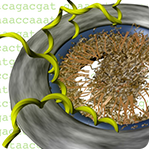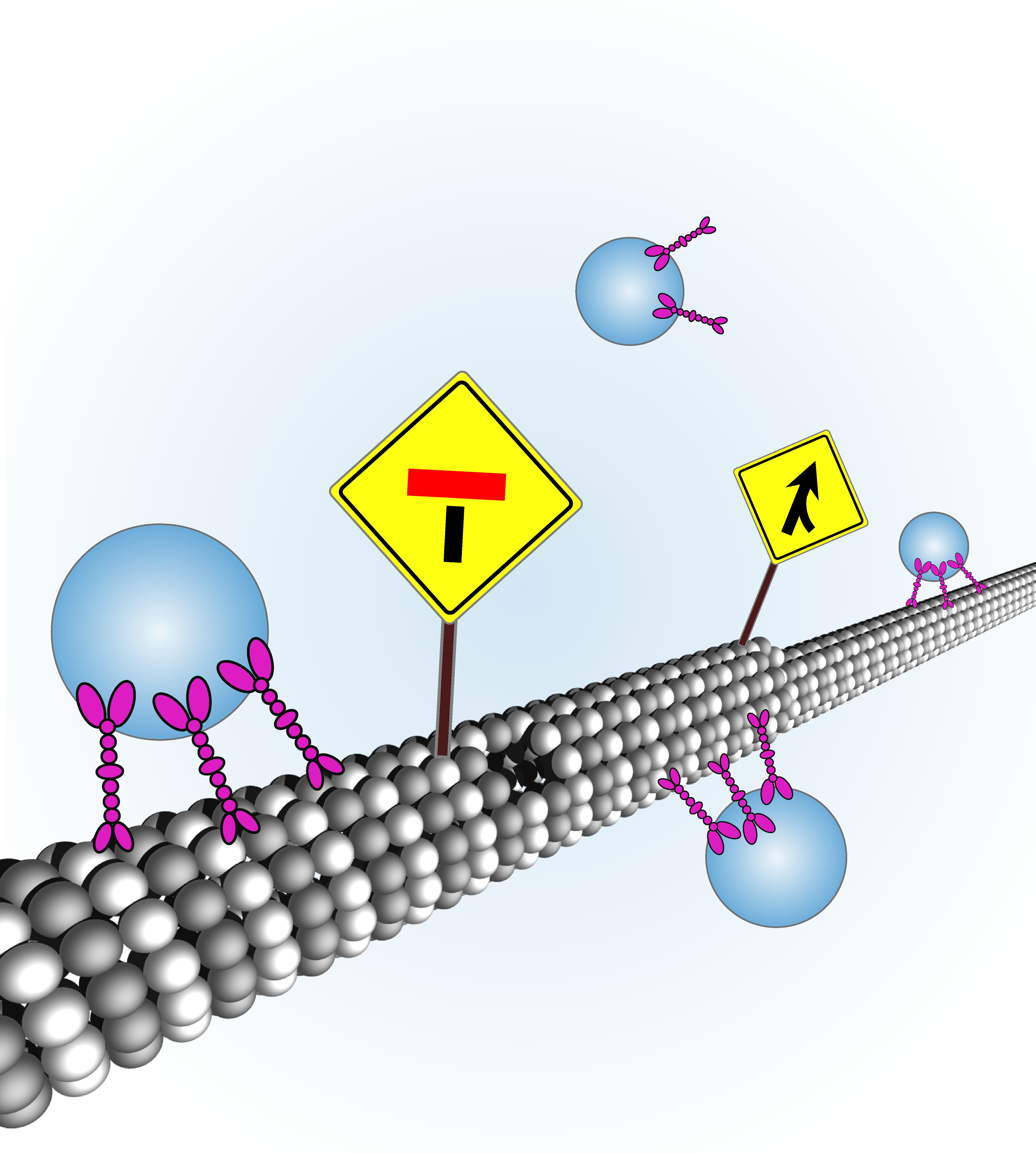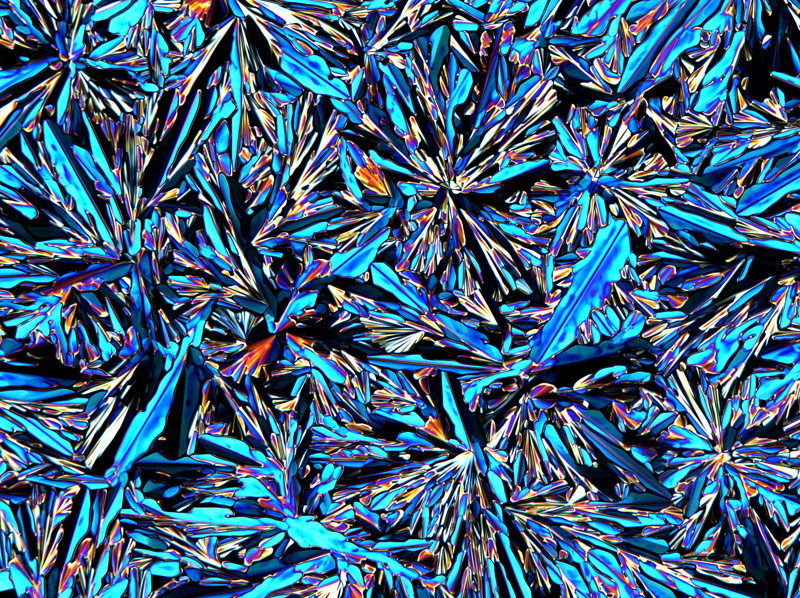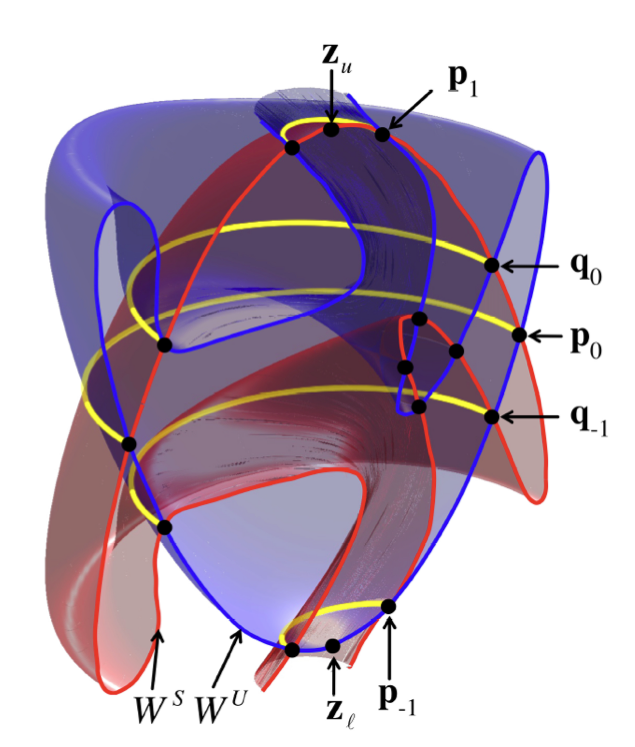Biological PhysicsBiological physics is by definition an interdisciplinary science where ideas and techniques from physics are utilized to understand biological systems and phenomena. Biological materials are classed as soft materials and there is a natural synergy between these disciplines. The unique academic structure at UC Merced is especially conducive to research in biophysics with collaborations between faculty across physics, chemistry, biology, applied math and bioengineering disciplines. The biophysics group at UC Merced has a wide variety of research interests including:
|
|
Soft Matter PhysicsSoft matter science (or soft condensed matter) is the study of materials that are neither crystalline solids, nor simple liquids — they are somewhere in between. This interesting state of matter can take many forms and can be seen everywhere in the world around us. Some everyday examples of soft matter include, soaps, paints, gels, plastics, liquid crystals and most of your own body and the food you eat. At UC Merced, we are building a group of faculty interested in problems related to soft materials, from new liquid crystal composite materials, to granular media and cell membranes. Focus areas include: |
|
|
|
Nonlinear and Statistical PhysicsMost processes encountered in nature are inherently nonlinear, meaning that nonlinear dynamics finds applications across a wide range of disciplines from mathematics and physics to chemistry, biology, and engineering. As such, UC Merced Physics faculty from various subfields share a common bond with their interest in nonlinear phenomena and statistical physics. Focus areas include:
|
|





